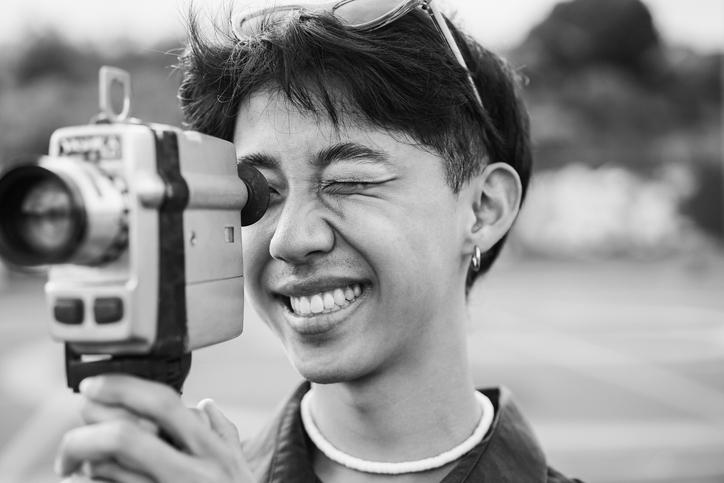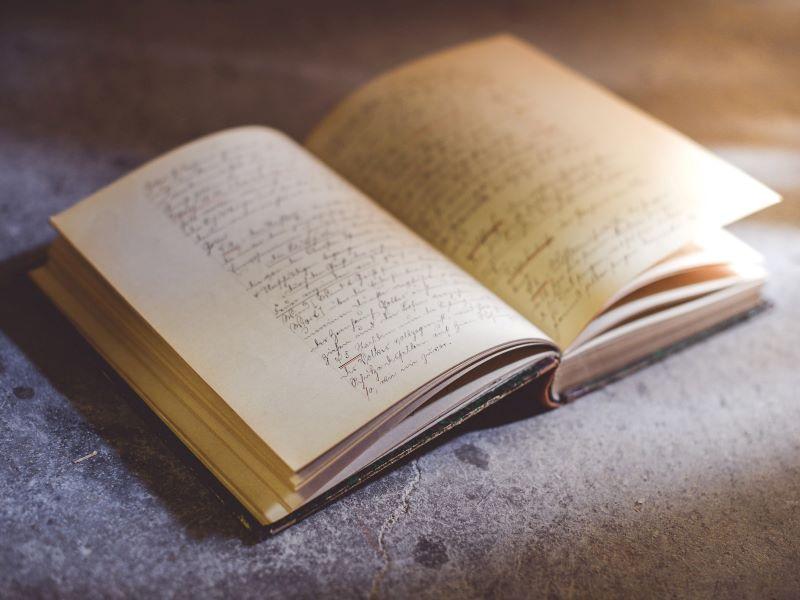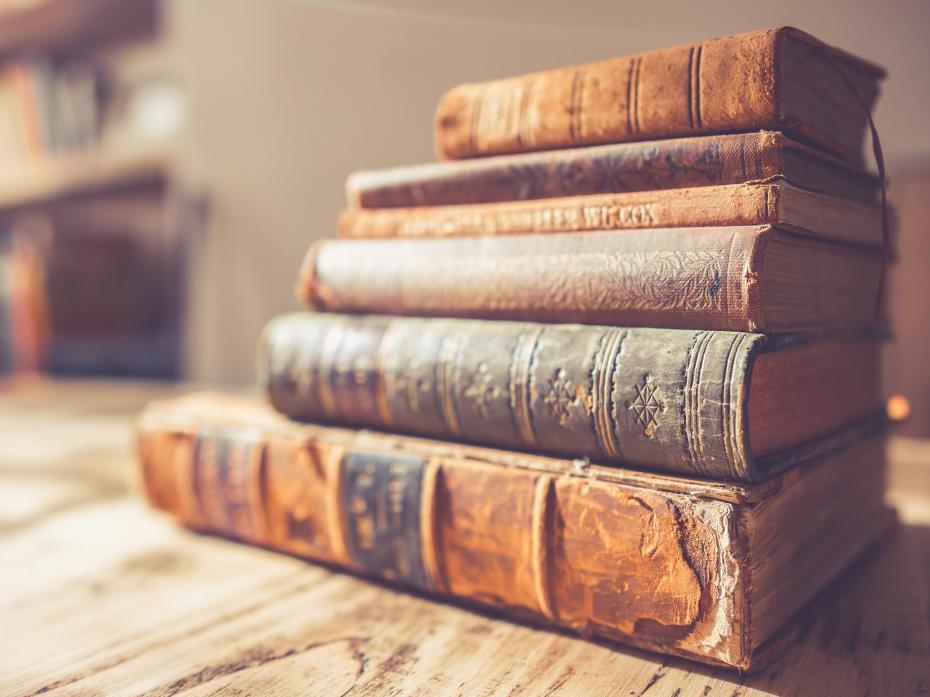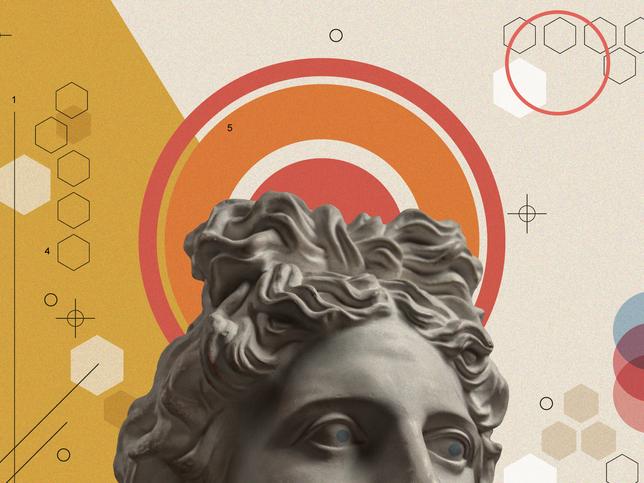In many ways, researching and teaching with (queer) archives is full of flaws. The flaw is in the fact – or rather in what counts and has been recorded as evidence. Public records document the lives of individuals as they appear in state records, legal documents and institutional histories. The fact that state, medical and colonial records must often be relied on is problematic for any history, as they record a particular perspective as fact. For queer histories, this means that what has been preserved, particularly in pre-20th-century UK histories, is for the most part a history of criminalisation, colonial mapping and medicalisation.
Of course, there are other archives and sources, too – from diaries, letters and oral histories to gravestones and memorials, novels, poems, newspaper articles and films, to name but a few. But the flaw is also in the interpretation, in the necessity of naming and defining queer genders and sexualities across time and contexts.
- Spotlight: the rainbow university
- Work ‘with’ not ‘on’: making social research more inclusive for LGBT+ people
- Pride in HE: how to create an inclusive community online
As queer historians, we always return to the question of how we can know about the queer past and how we approach archival sources through our current political landscape and language.
Anachronism and untimeliness
Terms such as queer, trans, non-binary and gay keep evolving. With new and changing terms come different ways of seeing and interpreting the past and narrating queer histories. This changing relation to the past is joyful, but it also brings its challenges. For example, historians are concerned about anachronism, the use of terms that did not exist in the past (such as homosexual or heterosexual) as lenses of interpretation. Historical accuracy means avoiding falsification and allowing for the otherness of the past to be preserved. Critically reflecting on our terminology, and its politics and origins remains important for this reason. It is our obligation not to take for granted what feels most natural to us – for example, the gender and homo/heterosexual binary.
And yet, the charge of anachronism is not evenly distributed. Additional evidence is often required to prove that a person was queer or trans, while cisgender and heterosexuality, categories that equally have a history but have become naturalised, are often tacitly assumed and left unquestioned. This has, for example, been addressed in Kit Heyam’s work on transgender histories and Karma Lochrie’s on the history of heterosexuality. Because of the perceived newness of queerness and transness, anachronism is a charge that queer scholars have faced. Greta LaFleur, Masha Raskolnikov and Anna Kłosowska address this in their introduction to the edited volume Trans Historical.
Out of this discussion, a series of critical questions about our relationship to the past and the timeliness and untimeliness of queer categories and paradigms has emerged. This discussion is ongoing; see, for example, Claire Hayward’s “Queer terminology: LGBTQ histories and the semantics of sexuality”, where several historians explain their own practices.
Everyday archives, archiving from below
In its origins, lesbian and gay history was a grass-roots history that pointed to a practice of history from below. LGBTQ+ history developed out of the radical political histories of the 1960s and ’70s, which saw women’s, civil rights and gay liberation movements. This went hand in hand with attempts of “archiving from below”. As Ann Cvetkovich outlines in ‘The queer art of the counterarchive”, many LGBTQ+ and queer archives had their origins in community, grass-roots and personal archives. Community archives and those dedicated to recording the lives of everyday people within specific communities, such as the Bishopsgate Institute’s archive in London, the rukus! Federation Limited collection at the London Metropolitan Archives (the first UK Black queer archive) or the Glasgow Women’s Library, have changed the possibilities of narrating queer histories in the UK today.
These growing collections preserve queer, Black, trans and feminist objects that offer a painful and joyful perspective on queer lives. They shift the focus on self-representation and everyday lives. An emphasis on ephemera (such as badges, banners, photo albums, diaries, personal objects and club-night flyers) decentres medical and legal records as sources of knowledge and knowledge production. The personal, activist and everyday moments recorded here will enable historians to write plural queer histories of the recent past. This is because these archives preserve a different perspective.
Of course, challenges remain, but the ability for people to record themselves outside state institutions is an important shift in what counts as archival material. In the UK, very few personal records predate the 20th century, and many do not predate the Sexual Offences Act 1967. This does not mean that we cannot tell earlier, rich queer histories, but the sources we have and the tools we develop to approach different historical moments and contexts vary. Whose perspective is being portrayed and how did an object find its way into the archive?
Questions and challenges will emerge based on the primary sources available. In approaching these sources, we have to ask how they engage with gender and sexuality. What do they reveal or make visible? What might be invisibilised? Classical, medieval and early modern historians of sexuality have asked some of the most difficult questions. Faced with fragmentation and absence, they have developed methods that question a progressive linear history and the modern and contemporary as moments of greater significance to queer life. This is important because queer historians often emphasise the relationship between the queer past, present and future. Different archives, narratives and approaches to the past open up plural possibilities for the future.
Preserving community records and the recent queer past
Community and everyday archives shift the focus away from media, medical, legal and other governmental records as primary sources of the recent queer past. The availability of these primary sources allows different ways of seeing and doing queer histories to emerge. It has also led to different challenges. Can community archives maintain their independence? Will there be funding to keep records safe? Queer communities in the UK may now enter public institutions differently as attitudes towards LGBTQ+ people in the heritage sector change (for example, with the release of guidance on trans-inclusive practice in museums, galleries, archives and heritage sites). And yet, change beyond inclusion remains a challenge in a political climate of increasing anti-trans and -non-binary violence and ongoing racism both within and outside LGBTQ+ communities.
Strategies of archiving from below have offered resources for teaching and narrating histories of sexualities from a different perspective but come with their own questions around fragmentation, inclusion and access. These will remain political questions.
Isabell Dahms is a lecturer in queer history and a researcher at the Centre for Queer History at Goldsmiths, University of London.
If you would like advice and insight from academics and university staff delivered direct to your inbox each week, sign up for the Campus newsletter.




comment